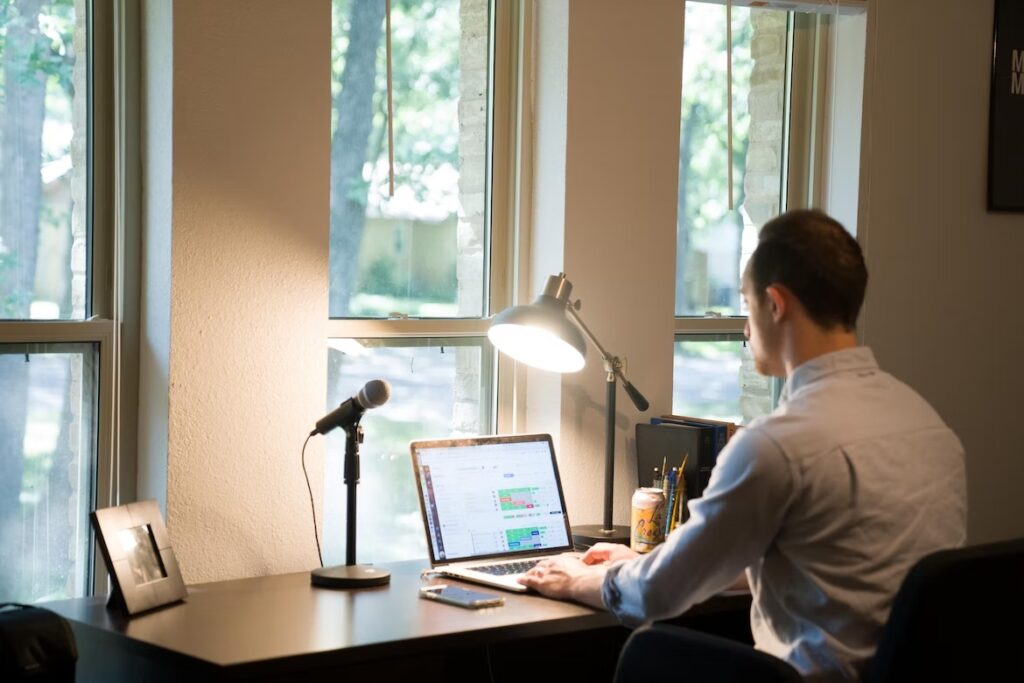3 crucial post-pandemic sustainability initiatives
Blogs
November 4, 2022

There can be little doubt that the COVID-19 pandemic has been one of the most impactful events of the 21st century. Nearly every facet of human life has been affected by the onslaught of the disease, resulting in an unprecedented downturn of productivity and economic activity. In the Philippines alone, gross domestic product contracted by an estimated 9.6% according to the Philippine Statistics Authority, the country’s largest decline in GDP since the establishment of the metric in 1947.
While the arrival of a vaccine has given the populace hope of a return to normalcy, some believe that this period in the wake of the pandemic is an opportunity to do more than return to the status quo. Instead, we can now reexamine the allocation of resources and direct them towards objectives and projects that improve quality of life for the long term, and the eventual establishment of an overall sustainability framework.
To that end, here are three perspectives on sustainability and its overall role in rebuilding society, after the arrival of the coronavirus.
Climate change response as pandemic mitigation
One of the concepts that we as a people will have to come to grips with is that the coronavirus is, more than likely, here to stay. Microbiologists and infectious disease experts are in agreement that the disease, with its rapid mutation and adaptation rates and high transmissibility, is likely going to be endemic moving forward. Therefore, one of our first objectives for living in a world where the coronavirus is a basic reality is shielding ourselves from it to the best of our ability. While inoculation against the disease is certainly important, that is only one part of the systemic response necessary in mitigating the disease’s effects.
Another important component of this plan is working towards undoing the disastrous effects of climate change. Scientists and experts have long hypothesized that there is a link between our unstable climate conditions and the spread of infectious diseases; for one thing, the geographical range of these diseases has begun to expand, as atmospheric conditions begin to shift on a global scale. The seasons have begun to shift in their timing as well, resulting in new behaviors for seasonal illnesses like the flu.
To prevent us from needing to resort to a purely reactionary response and put us on the right track towards safeguarding ourselves and future generations from anything like the outbreak we’ve experienced, a more aggressive approach to climate change management is necessary. This includes responsible solid waste management, as demonstrated by Aboitiz Construction during the turnover of its solid waste management and materials recovery facilities to host communities in its base in LIMA Estate, Batangas.
Telecommuting and remote working
The pandemic forced many companies to reconsider their own operations, resulting in many of them pivoting to telecommuting and remote working models built on communications technology and the internet. The need to stay indoors, especially during the early days of the pandemic prior to the widespread availability of vaccines, resulted in a slight dip in greenhouse gas emissions globally. Now that companies and societies are beginning to open back up again, many businesses and public sector organizations would rather continue to play it safe and continue to operate remotely or under a hybrid setup.
If this is the model that post-pandemic companies will operate in, a more robust digital infrastructure is going to be necessary. This will have to include the establishment of a more extensive network of telecommunications towers that will need to be built, along with the requisite infrastructure to support and maintain them. In turn, this will ensure that mobile network service providers will be able to serve the residents of even the most remote locations, effectively incorporating them into the potential national workforce. For even greater connectivity, small cell sites will need to be utilized as well, to provide increased data capability to the residents of their service area. All of this is expected to result in an overall reduction in the dependence on transportation and, in time, a reduction in greenhouse gas emissions as well.
Lowered interest rates and sustainable infrastructure
In the wake of the economic contraction caused by the pandemic, central banks have decided to relax interest rates to encourage borrowing and, hopefully, spur economic activity. This would provide infrastructure developers with capital to direct to projects that would provide value to stakeholders, not just for the short term, but for the long haul.
A good example of this model is the Davao City Bulk Water Supply Project being undertaken by Apo Agua Infrastructura in Davao. Seeking to free the city’s residents from their dependence on groundwater, the project has diverted a portion of the nearby Tamugan River for municipal water use, providing a self-sustaining source of clean water for the more than one million residents of Davao City. As a self-sustaining system, the project will course its waterflow through a hydroelectric plant, designed to power the system’s own water treatment facility, before allowing the treated water to pass into the city’s supply via pipes. In this way, no strain is put on the city’s energy grid.
While the pandemic was a dark and turbulent time for many, it also provided us with an opportunity to reconsider our current modes of operation, professional and otherwise, and try to find new and better ways of doing things. Now, making the most of these opportunities is possible.


























